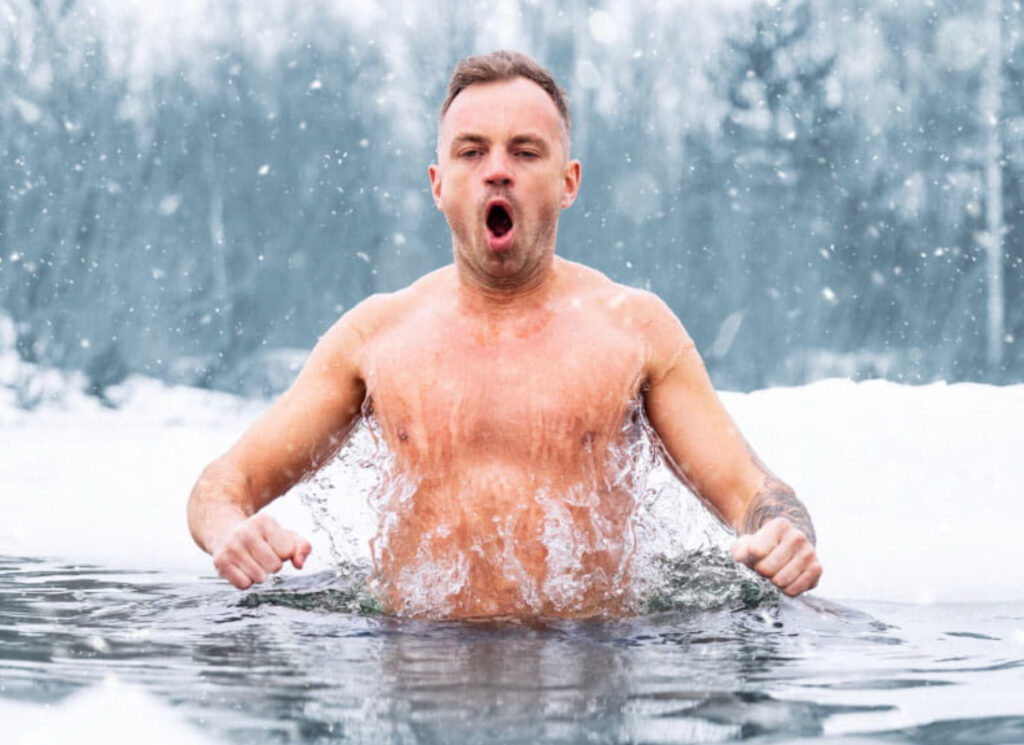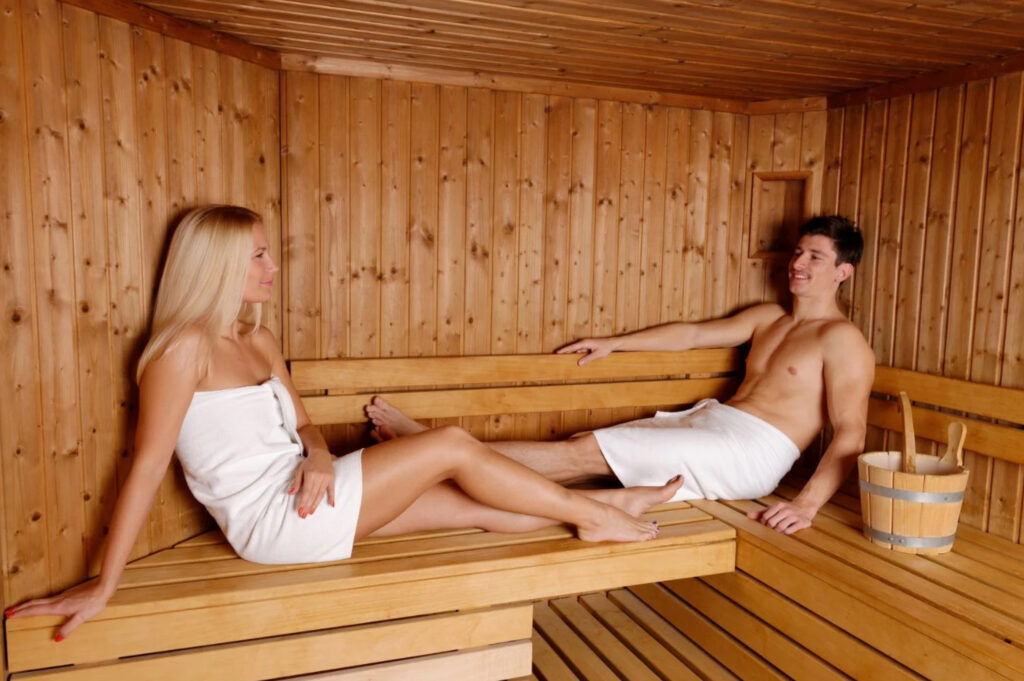Cold Plunges or Saunas - What Science Says Works Best for Recovery
Overview
In the realm of health and wellness, and for those who strive to maintain strength and vitality amidst life’s relentless pace, the quest for optimal recovery strategies is ever-present. Among the many recovery modalities, cold plunges and saunas stand out for their contrasting approaches to healing and rejuvenation. But which one holds the scientific edge for muscle recovery? Here, in Power Pilates of Waco, we decided to dive into what research reveals about these ancient therapies and discover practical tips for incorporating them into your recovery regimen.
The Chilling Truth About Cold Plunges

Cold water immersion, or cold plunges, involves submerging the body in icy water, typically between 10°C and 15°C (50°F to 59°F), immediately after exercise. This practice is heralded for its ability to reduce muscle soreness after intense physical activity. But how does it work?
Scientific Insights:
- Inflammation and Recovery: Cold therapy constricts blood vessels, reducing blood flow to the muscles and thereby decreasing inflammation and swelling. Some studies have suggested that this can lead to a reduction in muscle soreness and improved recovery times.
- Endorphin Release: The shock of cold water also triggers the release of endorphins, the body’s natural painkillers, which can provide a euphoric feeling post-plunge.
Ready to Get Started? Here are some practical tips:
- Start Gradually: Begin with shorter immersions of around one to two minutes, gradually increasing as tolerance builds.
- Consistency is Key: Regular cold plunges can enhance long-term recovery and adaptation to cold exposure.
- Safety First: Always ensure you’re in a safe environment for cold plunges, especially if you’re new to this practice. And of course, before starting any new fitness or recovery activity, speak to your doctor to ensure it is the right modality for you.
The Warm Embrace of Saunas

Sauna bathing, an ancient tradition originating from Finland, involves sitting in a room heated to high temperatures, ranging from 70°C to 100°C (158°F to 212°F). Whether through traditional dry heat or infrared methods, sauna bathing induces sweating and promotes relaxation. Each type offers unique benefits:
- Dry Heat Saunas:Increase heart rate and induce detoxification through intense sweating.
- Infrared Saunas: Provide deep tissue recovery and pain relief by directly warming the body, making them slightly more effective for muscle relaxation and recovery due to their ability to penetrate deeper into muscles and joints.
Scientific Insights:
- Heat Shock Proteins: Exposure to high heat levels induces the production of heat shock proteins, which play a crucial role in repairing damaged proteins and protecting cells from stress.
- Improved Blood Flow: The heat dilates blood vessels, improving circulation. This increased blood flow can help remove metabolic waste from muscles more efficiently, as highlighted in research from the Journal of Science and Medicine in Sport.
- Relaxation and Stress Reduction: Sauna use promotes relaxation by reducing levels of cortisol, the body’s primary stress hormone, thereby facilitating recovery.
Here’s what you need to know:
- Hydration: Drink plenty of water before and after sauna use to replenish fluids lost through sweating.
- Limit Time: Begin with shorter sessions of 5 to 10 minutes, gradually increasing as your body acclimates to the heat.
- Cool Down: Allow your body to cool down gradually after sauna use, avoiding abrupt temperature changes.
Cold Plunges vs. Saunas: Which is More Effective?
The choice between cold plunges and saunas for recovery depends largely on individual preference, specific recovery needs, and how your body reacts to each therapy. While cold plunges are effective in reducing inflammation and muscle soreness, saunas are beneficial for their stress-relieving qualities and their role in enhancing circulation and muscle relaxation.
A Complementary Approach:
Interestingly, some athletes and fitness enthusiasts incorporate both therapies into their recovery routines, utilizing the anti-inflammatory benefits of cold plunges and the muscle- relaxing and detoxifying effects of saunas. This alternating approach can potentially offer the best of both worlds, addressing different aspects of the recovery process.
The Bottom Line:
Whether you’re a fan of the invigorating shock of a cold plunge or you prefer the soothing warmth of a sauna, both have some serious science-backed benefits! From muscle recovery to overall well-being, these practices can seriously up your wellness game. Personally, I’ve had some epic results with the cold plunge – quick recovery, mood boost, and bye-bye skin issues! It’s like a superhero power, really. But will I do it regularly? Nope, not a chance! I’m team ‘warm and cozy’ all the way. Sauna, on the other hand, is my chill spot – perfect for muscle relaxation and zen vibes. Whichever you choose, always listen Relaxation and Stress Reduction: Sauna use promotes relaxation by reducing levels of cortisol, the body’s primary stress hormone, thereby facilitating recovery. Hydration: Drink plenty of water before and after sauna use to replenish fluids lost through sweating. Limit Time: Begin with shorter sessions of 5 to 10 minutes, gradually increasing as your body acclimates to the heat. Cool Down: Allow your body to cool down gradually after sauna use, avoiding abrupt temperature changes to your body… and maybe keep a towel and warm socks handy for that post-plunge shiver dance!
I hope you find this information helpful. Please let me hear your thoughts because, here at Power Pilates of Waco, your opinions truly matter to us. Wishing you all the best in health and wellness adventures! Stay cool or stay hot, just stay awesome!
